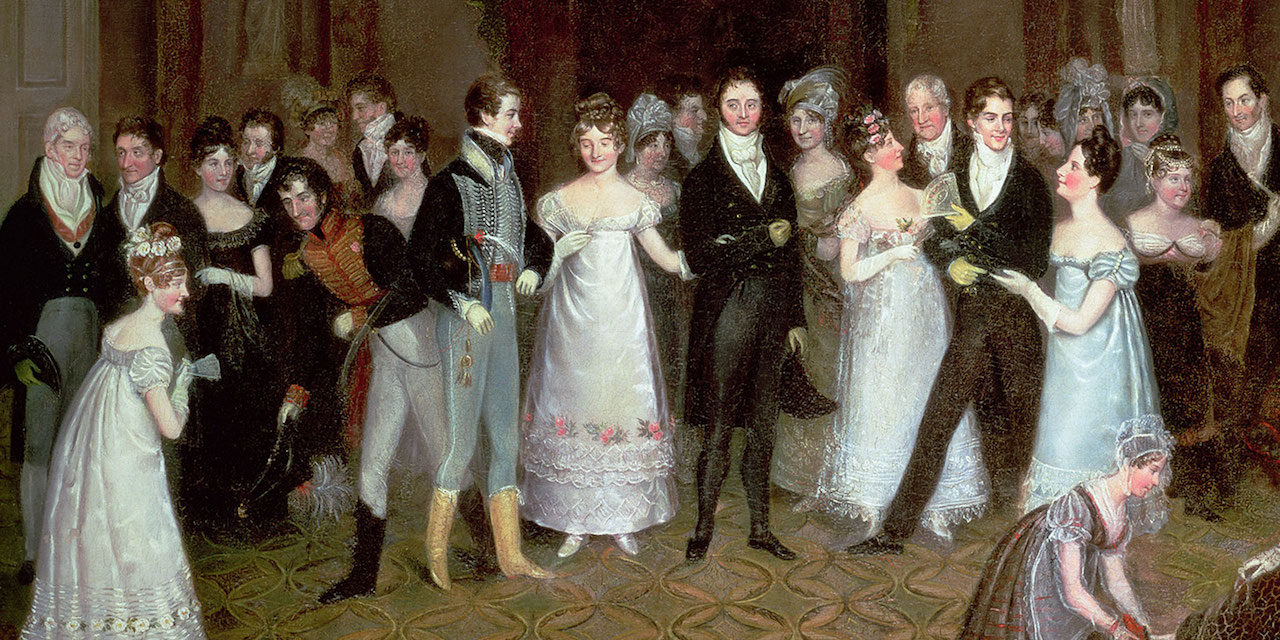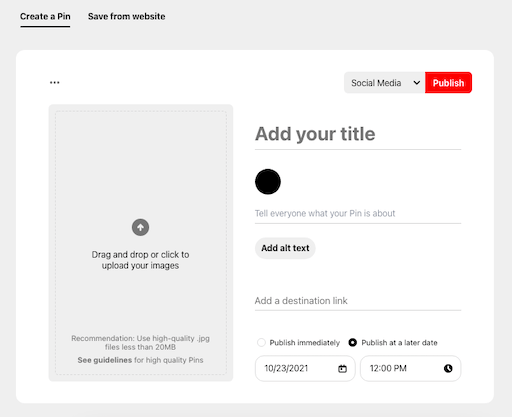Mar 1, 2022The idea to create this cohort came out of the 4th annual Pinterest Women’s Conference, and Pinterest is investing a total of $100,000. Each participant will be given initial ad credits as well as a personal coach to help guide them towards their business goals – boosting their brand visibility and setting them up to better connect with
1810-1819 | Fashion History Timeline
Thomas Dublin is State University of New York Distinguished Professor of History at Binghamton University, SUNY and co-director of the Center for the Historical Study of Women and Gender. His books include Transforming Women’s Work: New England Lives in the Industrial Revolution (1994), Farm to Factory: Women’s Letters, 1830-1860 (1981), and Women at Work: The Transformation of Work and

Source Image: sproutsocial.com
Download Image
Feb 22, 2012According to various reports, 58 percent to 97 percent of Pinterest users are female. Whatever the exact figure, the site’s been tagged as everything from “digital crack for women” to ” Tumblr for

Source Image: nbcnews.com
Download Image
Pinterest Ads: The Complete Guide
Mar 14, 2022Published: March 14, 2022 at 5:32 PM Save The Industrial Revolution caused a dramatic shift in women’s roles in society. Before industrialisation, the household would have been the centre of production, and women’s work largely confined to the domestic sphere, but no less physical for it.

Source Image: blucactus.blue
Download Image
What Was The Role Of Women As Industry Increased
Mar 14, 2022Published: March 14, 2022 at 5:32 PM Save The Industrial Revolution caused a dramatic shift in women’s roles in society. Before industrialisation, the household would have been the centre of production, and women’s work largely confined to the domestic sphere, but no less physical for it.
Oct 6, 2022The inroads for women in the industry can partly be attributed to the attractive pay and benefits in manufacturing as well as the industry’s shift toward automation, which has generated jobs that require more education and less heavy lifting, experts told ABC News. But the industry’s male-dominated culture remains a barrier to women, they said.
Women have taken over Pinterest, why? | BluCactus Social Media Agency
Apr 19, 2022Women now make up 51% of Pinterest’s global workforce, up from 49% in 2020. However, the company’s engineering team has seen slower growth in representation. In 2021, 30% of Pinterest’s global engineering team identified as women, up from 29% the year prior. And like most companies in the tech industry, Pinterest is still primarily white.
Interest Taxonomy: A knowledge graph management system for content understanding at Pinterest | by Pinterest Engineering | Pinterest Engineering Blog | Medium
Source Image: medium.com
Download Image
How Did the Evolution of Women’s Role in Society Change the Built Environment? | ArchDaily
Apr 19, 2022Women now make up 51% of Pinterest’s global workforce, up from 49% in 2020. However, the company’s engineering team has seen slower growth in representation. In 2021, 30% of Pinterest’s global engineering team identified as women, up from 29% the year prior. And like most companies in the tech industry, Pinterest is still primarily white.

Source Image: archdaily.com
Download Image
1810-1819 | Fashion History Timeline
Mar 1, 2022The idea to create this cohort came out of the 4th annual Pinterest Women’s Conference, and Pinterest is investing a total of $100,000. Each participant will be given initial ad credits as well as a personal coach to help guide them towards their business goals – boosting their brand visibility and setting them up to better connect with

Source Image: fashionhistory.fitnyc.edu
Download Image
Pinterest Ads: The Complete Guide
Feb 22, 2012According to various reports, 58 percent to 97 percent of Pinterest users are female. Whatever the exact figure, the site’s been tagged as everything from “digital crack for women” to ” Tumblr for
Source Image: blog.hootsuite.com
Download Image
Adidas Sales Analysis: Unveiling Insights through Data-driven Exploration and Visualization. | by Williams Nse Idara | Medium
Aug 17, 2023Women’s labor force participation rate grew from 34% in 1950 to 60% in 2000, and is expected to 0.7% per year through 2050. This figure, however, varies among different demographic groups. Despite Congress passing the Equal Pay Act in 1963, a wage gap remains.

Source Image: medium.com
Download Image
Ultimate Pinterest Marketing Guide for 2023 – Neil Patel
Mar 14, 2022Published: March 14, 2022 at 5:32 PM Save The Industrial Revolution caused a dramatic shift in women’s roles in society. Before industrialisation, the household would have been the centre of production, and women’s work largely confined to the domestic sphere, but no less physical for it.

Source Image: neilpatel.com
Download Image
Pinterest announces industry-first body type technology to increase body representation on platform | Pinterest Newsroom
Oct 6, 2022The inroads for women in the industry can partly be attributed to the attractive pay and benefits in manufacturing as well as the industry’s shift toward automation, which has generated jobs that require more education and less heavy lifting, experts told ABC News. But the industry’s male-dominated culture remains a barrier to women, they said.

Source Image: newsroom.pinterest.com
Download Image
How Did the Evolution of Women’s Role in Society Change the Built Environment? | ArchDaily
Pinterest announces industry-first body type technology to increase body representation on platform | Pinterest Newsroom
Thomas Dublin is State University of New York Distinguished Professor of History at Binghamton University, SUNY and co-director of the Center for the Historical Study of Women and Gender. His books include Transforming Women’s Work: New England Lives in the Industrial Revolution (1994), Farm to Factory: Women’s Letters, 1830-1860 (1981), and Women at Work: The Transformation of Work and
Pinterest Ads: The Complete Guide Ultimate Pinterest Marketing Guide for 2023 – Neil Patel
Aug 17, 2023Women’s labor force participation rate grew from 34% in 1950 to 60% in 2000, and is expected to 0.7% per year through 2050. This figure, however, varies among different demographic groups. Despite Congress passing the Equal Pay Act in 1963, a wage gap remains.